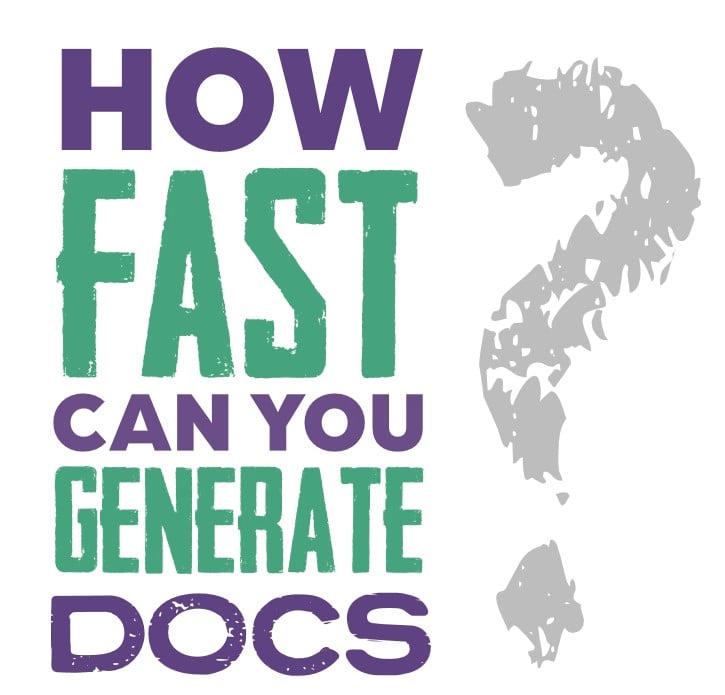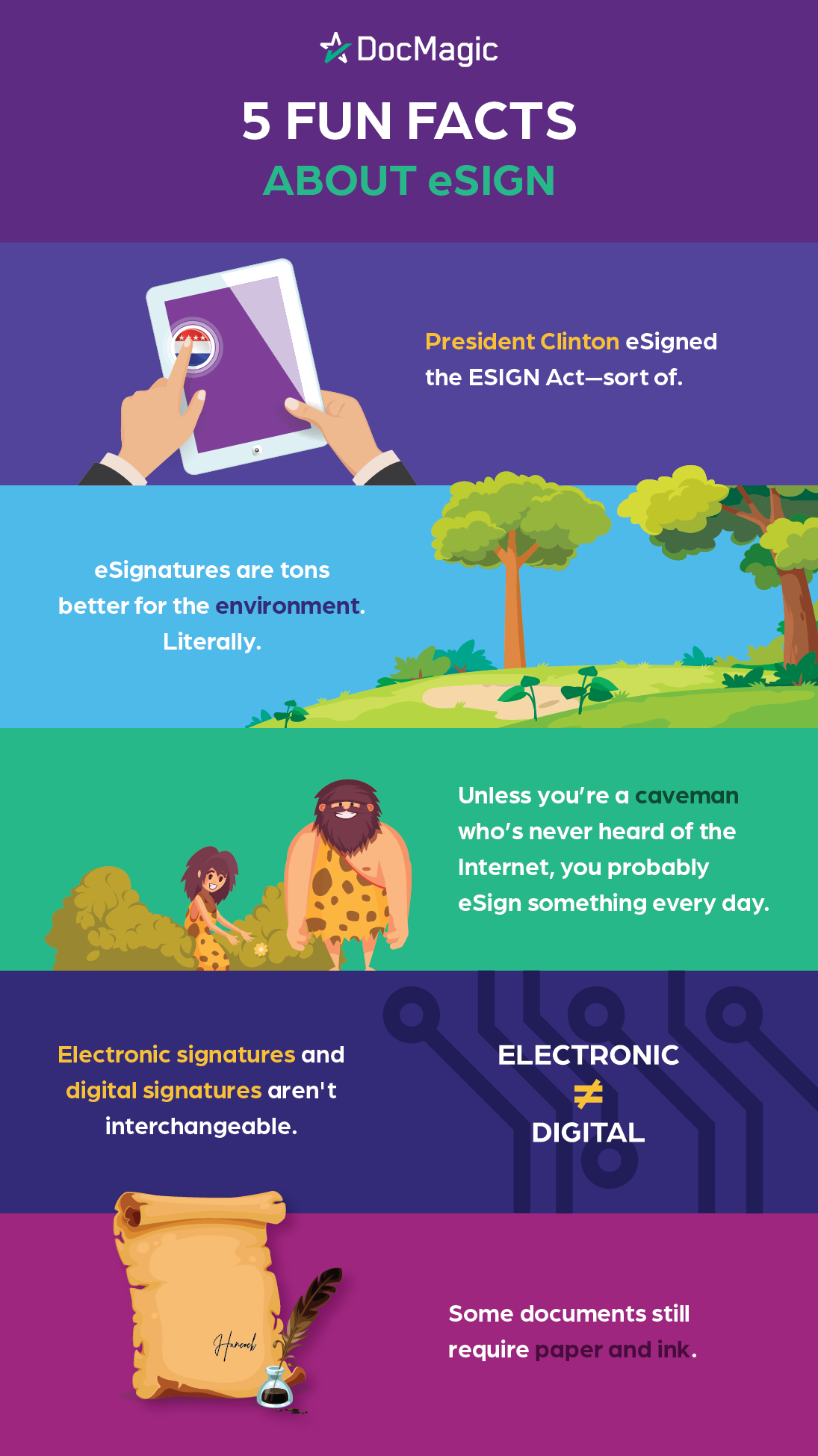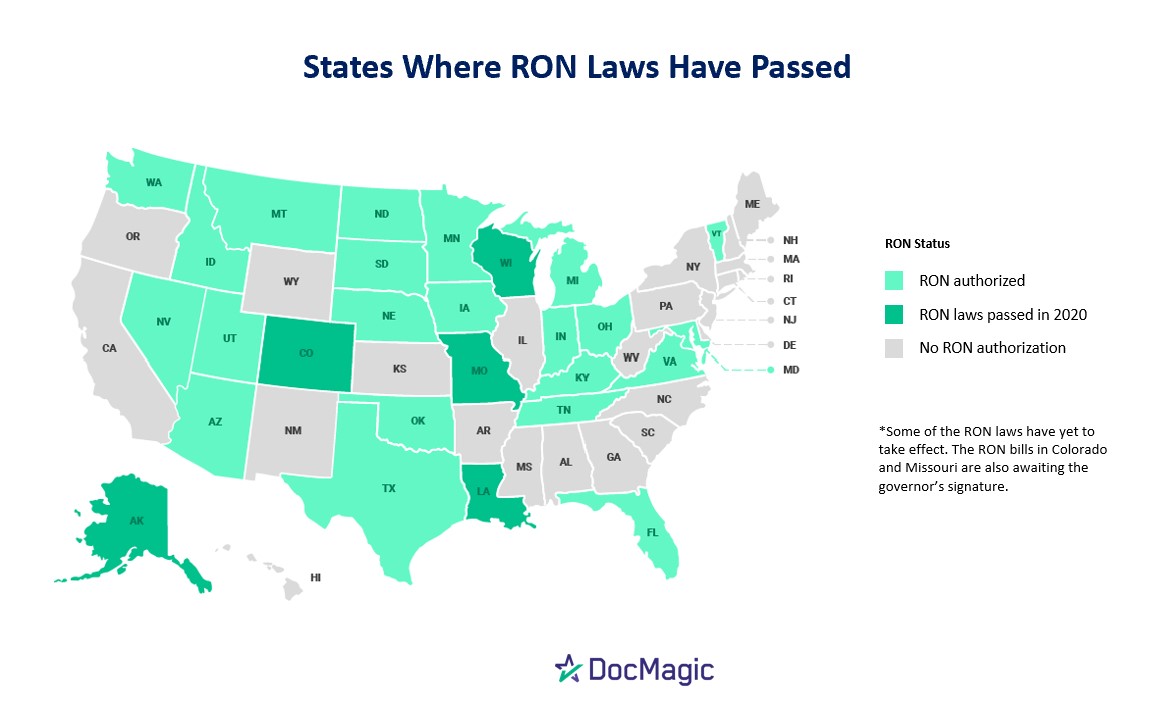MortgageCountry closing loans in 13 days using DocMagic solutions
During its first two months of lending, MortgageCountry has been closing loans in an average of 13 calendar days—setting a new standard for speed.
The new mortgage banker accomplished this feat with the help of DocMagic’s 100% digital e-enabled documents and Total eClose™ platform.
How they did it: Download the MortgageCountry case study
“DocMagic completely exceeded our expectations, helping us make our origination and closing process next-level efficient and creating a second-to-none closing experience for our clients,” said Sheila Salvitti, MortgageCountry’s director of communications and social media. “After seeing the level of perfection achieved, we knew we chose the right technology partner to realize our belief that the sky is the limit.”
The feeling was mutual. “It was a pleasure collaborating with the tech-savvy, forward-thinking team at MortgageCountry in a combined effort to master the eClosing process before they ever funded a single loan,” said Dominic Iannitti, DocMagic’s president and CEO. “The unprecedented success we had with the solution configuration, troubleshooting, and implementation of the platform helped set up MortgageCountry to be one of the most efficient independent mortgage bankers in the country."
Working with with DocMagic’s eClosing team, CountryMortgage was able to automate its entire eClose workflow from start to finish in less than 30 days. Salvitti said DocMagic tailored Total eClose™ to CountryMortgage’s business needs, helping them be “flawless from the start.”
Founded in 2019, MortgageCountry entered the industry with a mission to cut the cost of a mortgage by using forward-thinking technology and a re-engineered mortgage process. The company's unique business model includes the fact that it's run virtually via a 100% browser-based technology.
MortgageCountry identified that the primary reason for rising costs is the industry’s reliance on a large outside sales infrastructure, absorption of mortgage brokers, and corporate expenses throughout the banking industry. It aims to reverse this trend by partnering with the best technology partners to provide an intuitive and simple platform that meets clients everywhere and anywhere.
“To be successful in today’s fast-moving, rapidly changing lending landscape, implementing the right technology is business-critical to disrupt an industry plagued with good ideas but poor execution,” Salvitti said. “MortgageCountry has successfully delivered on our promise to make the client experience as simple, quick and easy as possible.”
MortgageCountry reported that its clients valued the fact they were able to receive the complete closing documents well ahead of the closing and could sign on their own time without a rigid schedule. Clients said the process was more comfortable than prior experiences because they were able to review and sign the closing documents without the pressure of someone looking over their shoulder.
To learn more about how MortgageCountry found success amid challenging economic conditions, check out our updated blog post, where you can download the free case study.
Related Content:

 ata and generating documents. They break down the overall process into multiple disparate steps, like an assembly line. Each phase—including data validation, compliance, document selection, and more—is completed independently, disjointed from the document generation process. Not only does each action take minutes rather than seconds, but the handoff and delivery from one
ata and generating documents. They break down the overall process into multiple disparate steps, like an assembly line. Each phase—including data validation, compliance, document selection, and more—is completed independently, disjointed from the document generation process. Not only does each action take minutes rather than seconds, but the handoff and delivery from one


